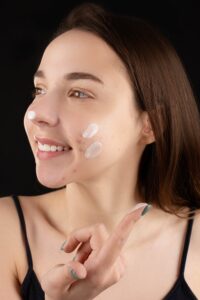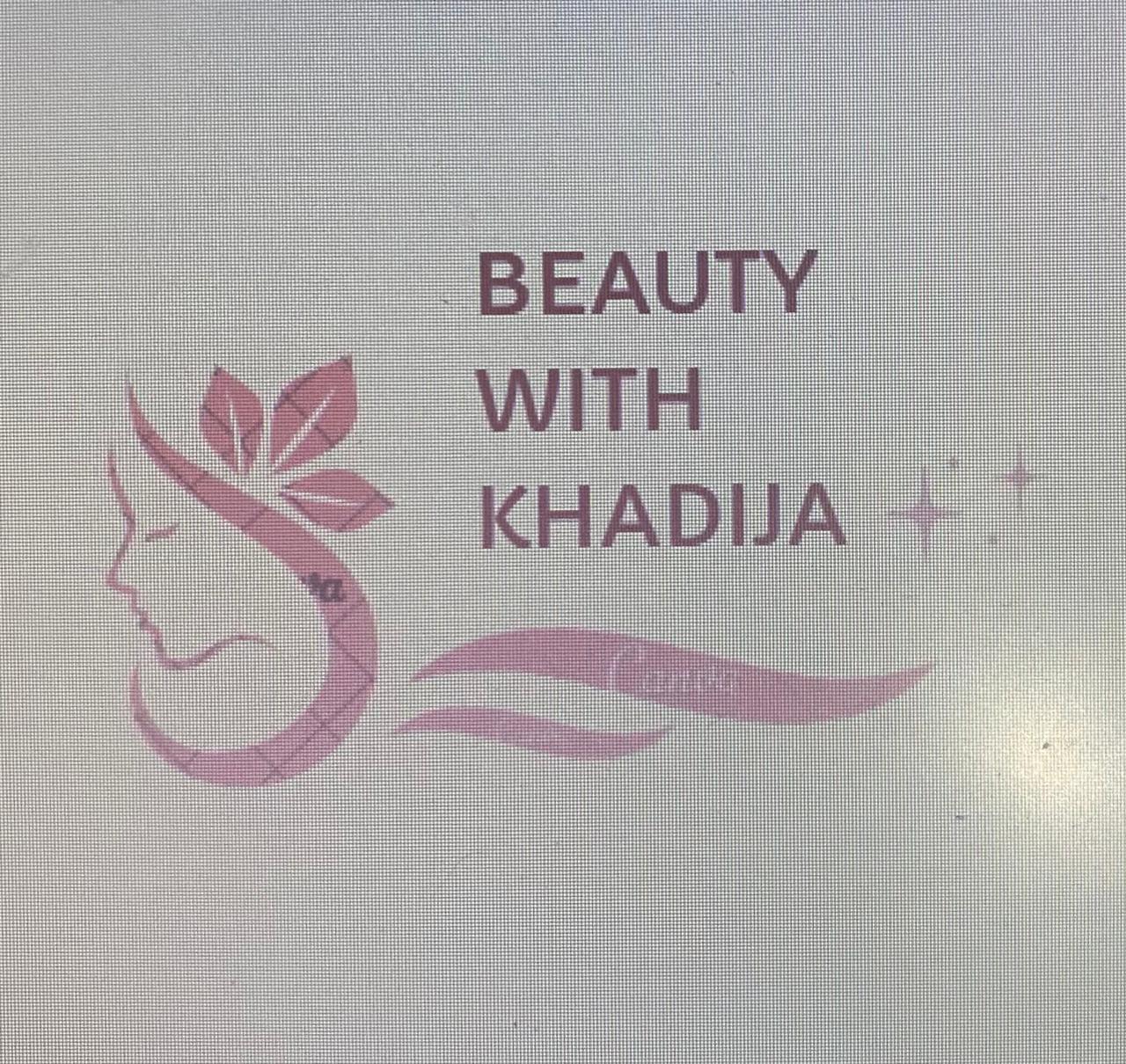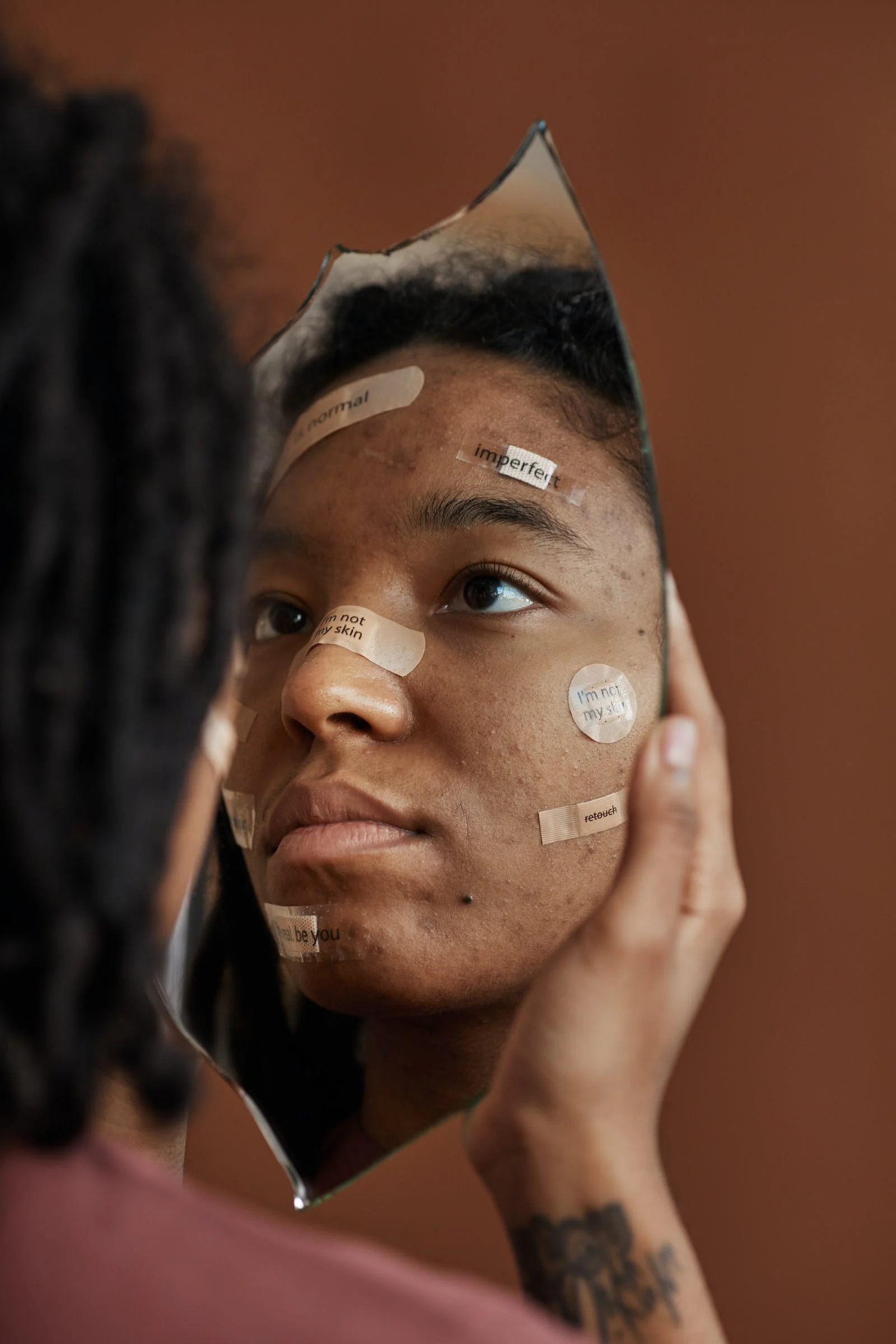Introduction
Acne scars can be an unwelcome reminder of past skin troubles, affecting not only our physical appearance but also our self-esteem. Fortunately, there are numerous effective treatments and strategies available to help fade or even completely eliminate acne scars. In this comprehensive guide, we will explore the various methods and steps you can take to effectively cure acne scars and regain smooth, clear skin.

Understanding Acne Scars
Before diving into the treatments, it’s essential to understand the different types of acne scars and what causes them. Acne scars are typically categorized into two main types:
1. Atrophic Scars: These are depressed scars that appear as pits or indentations in the skin. They are often the result of collagen loss during the healing process of inflammatory acne lesions.
2. Hypertrophic or Keloid Scars: These are raised, thickened scars that can develop when the body produces too much collagen during the healing process. They are more common in people with darker skin tones.
Ways to cure them:
1. Consult a Dermatologist:
– The first step in effectively treating acne scars is to consult a dermatologist. They can assess your skin and recommend a tailored treatment plan based on the type and severity of your scars.
2. Topical Treatments:
– Retinoids: Prescription retinoids like tretinoin can stimulate collagen production and promote skin cell turnover, gradually improving the appearance of scars.
– Vitamin C Serums: Vitamin C can help fade hyperpigmentation and promote collagen synthesis, making it useful for reducing the appearance of scars.
3. Chemical Peels:
– Chemical peels involve the application of an acid solution to the skin, which exfoliates the top layer, leading to smoother skin over time. Different types of peels are available, and their intensity can be adjusted based on your needs.
4. Microdermabrasion:
– This non-invasive procedure uses tiny exfoliating crystals to remove the outer layer of skin, helping to reduce the appearance of shallow scars and improving overall skin texture.
5. Microneedling:
– Micro needling involves the use of a device with fine needles that create tiny punctures in the skin. This stimulates collagen production and can improve the appearance of atrophic scars.

6. Laser Therapy:
– Laser treatments, such as fractional laser therapy, can target specific areas of the skin to promote collagen growth and reduce the appearance of scars. Different types of lasers may be used depending on your skin type and scar type.
7. Dermal Fillers:
– Dermal fillers can be injected into atrophic scars to temporarily plump them up and make them less noticeable. This is a quick fix but not a permanent solution.
8. Surgery:
– For deep or extensive scars, surgical procedures like subcision (cutting the scar tissue) or punch excisions (removing the scar) may be recommended.
9. Sun Protection:
– Protecting your skin from the sun is crucial, as UV rays can darken scars and make them more noticeable. Always use sunscreen with SPF 30 or higher when going outside.
10. Patience and Consistency:
– It’s important to note that most acne scar treatments take time to show results. Be patient and consistent in your skincare routine and follow your dermatologist’s recommendations.

Conclusion
Dealing with acne scars can be a challenging journey, but with the right approach and professional guidance, you can significantly improve their appearance or even eliminate them entirely. Remember to consult a dermatologist to determine the best course of action for your specific situation. Whether you opt for topical treatments, minimally invasive procedures, or surgical interventions, the key to success lies in patience, consistency, and proper sun protection. By following these steps and maintaining a dedicated skincare regimen, you can achieve smoother, scar-free skin and boost your confidence.

